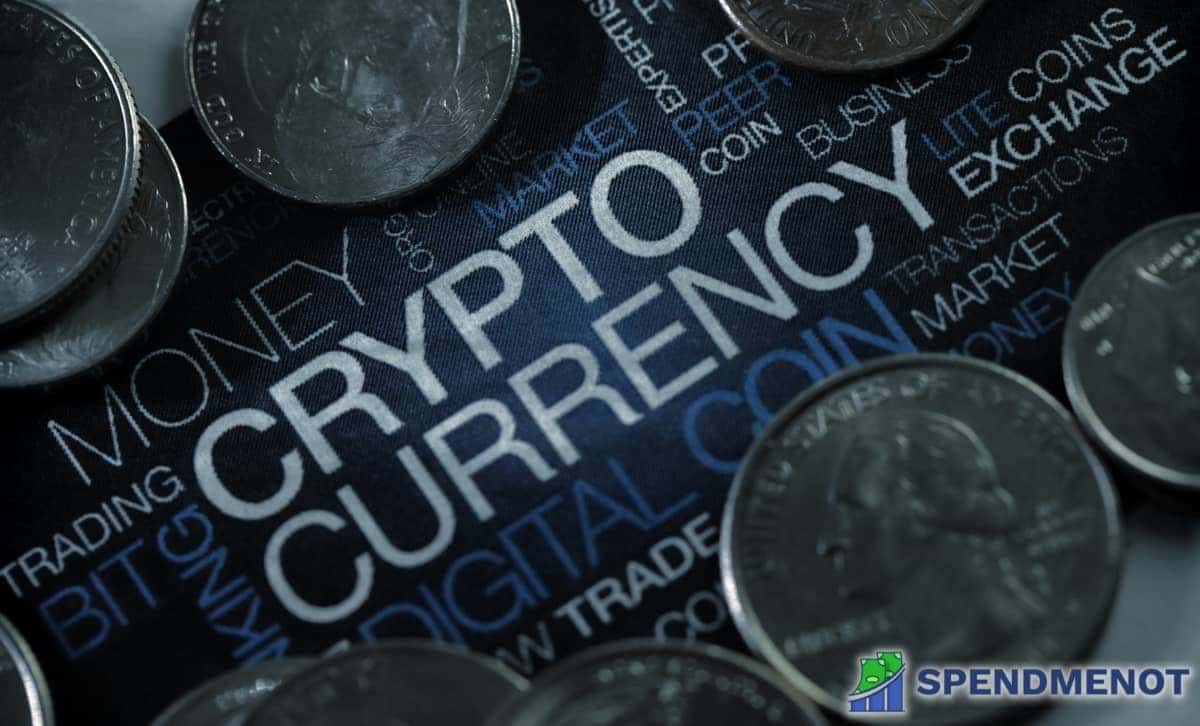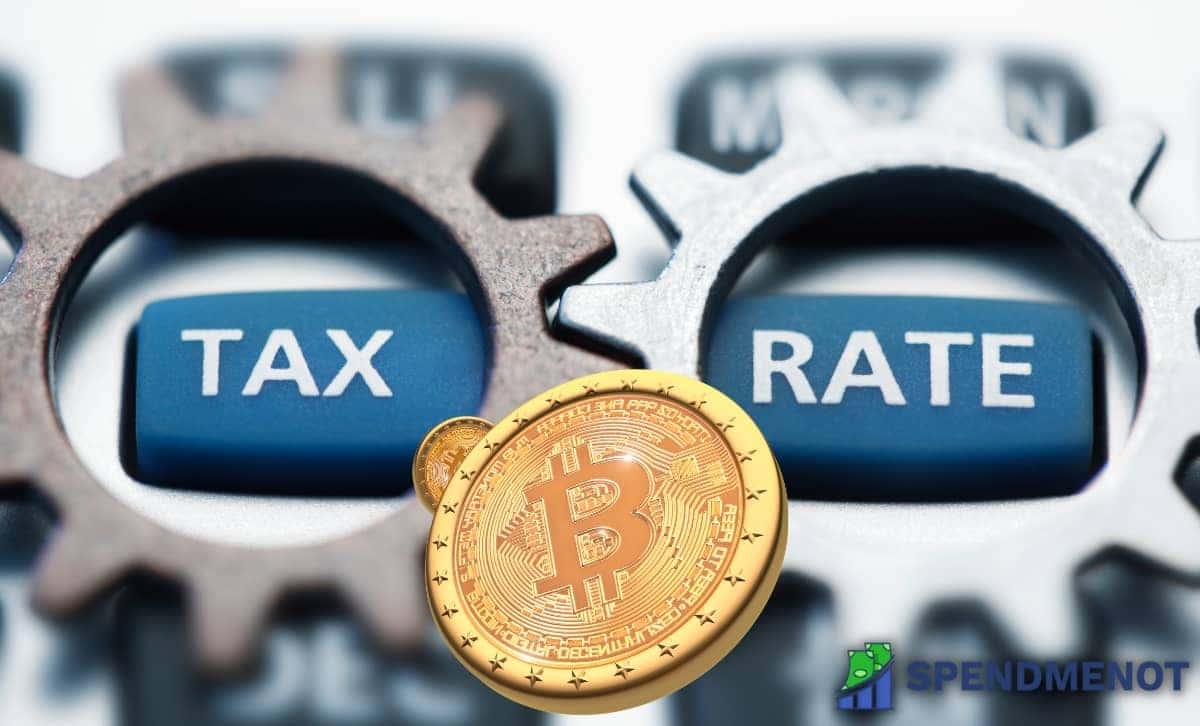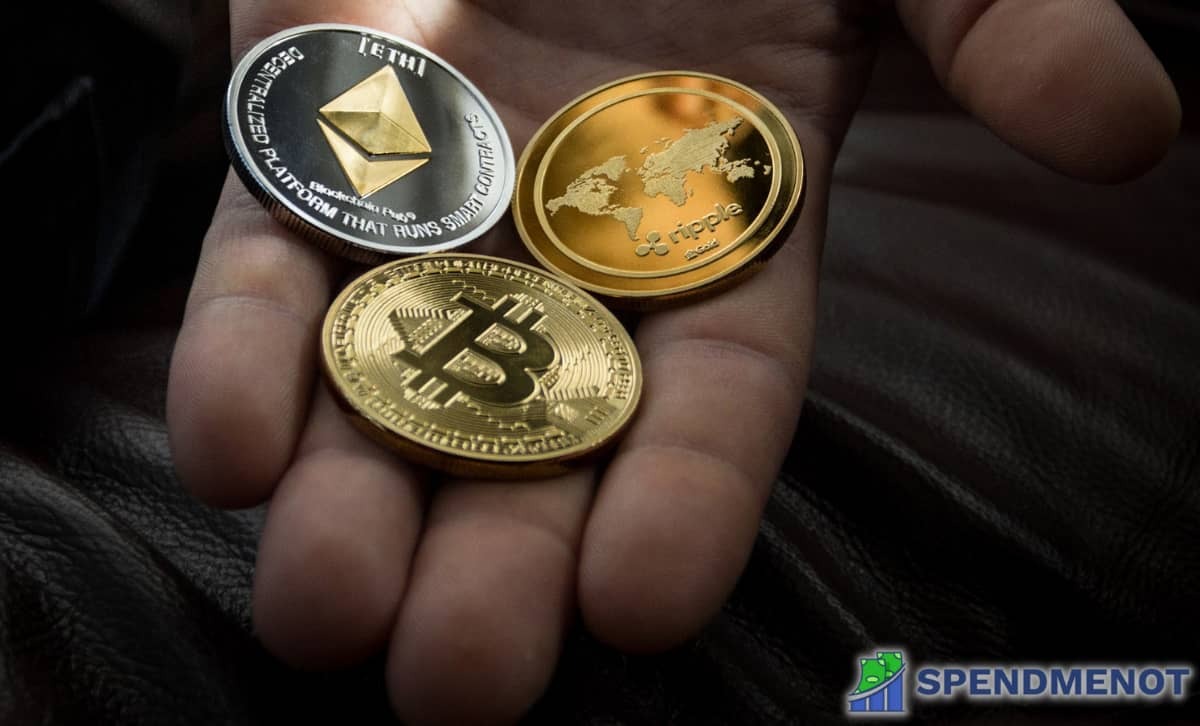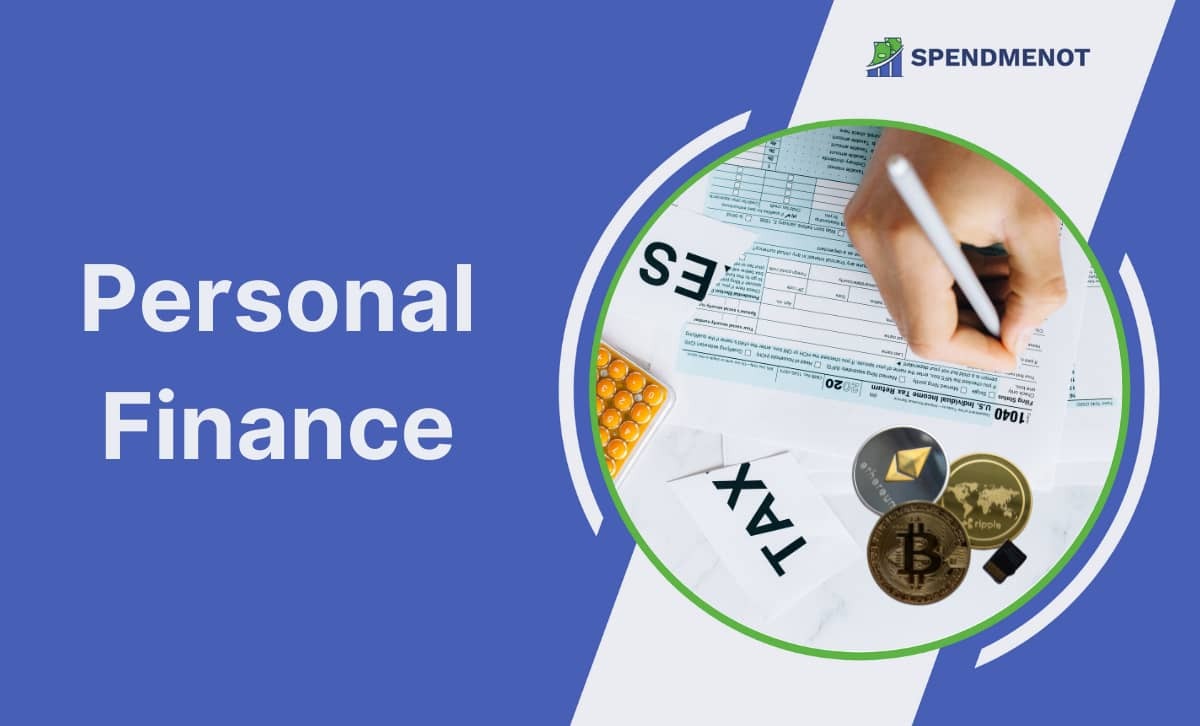Cardano vs Ethereum
Last Updated: January 11, 2023
Have you heard of the phrase “the Ethereum killers”?
Ethereum has cemented its place as the preferred blockchain for investors and developers. Its native cryptocurrency is also the second most valuable digital asset.
What does it take to dislodge such a profile?
The moniker ‘Ethereum killers’ refers to a group of blockchains that have posted tremendous growth within such a short time that they now pose a threat to the trendsetting platform.
One of the Ethereum killers — Cardano — has been tipped to surpass Ethereum eventually. Meanwhile, some experts have poured cold water on this possibility.
Whatever happens in the future, the Cardano vs. Ethereum comparison isn’t likely to go away any time soon.
This article compares the two and covers every aspect you need to know.
Cardano vs. Ethereum: A Side-to-Side Comparison
Cardano mirrors a lot of Ethereum’s characteristics. This can be attributed to the fact that an Ethereum co-founder developed Cardano.
But it’s their differences that have fuelled the Ethereum vs Cardano debate.
There’s a lot to learn about both tokens. The comparison table below serves as the perfect launch pad for this review.
| Cardano | Ethereum | |
| Launch date | September 2017 | July 2015 |
| Consensus mechanism | Proof of Stake | Launched on Proof of Work but will shift to Proof of Stake in September 2022 |
| Platform speed | Processed 250 transactions per second as of August 2022 but could eventually carry out one million transactions | The Ethereum blockchain processed up to 20 transactions per second as of August 2022 |
| Market capitalization | $14.7 billion as of August 29, 2022 | $176.8 billion as of August 29, 2022 |
| Circulating supply | 33.75 billion ADA | 122.1 million ETH |
The table above shows why Cardano has been described as an Ethereum killer.
Although Ethereum is more established, Cardano significantly improves on its weaknesses. A more sustainable consensus mechanism and better platform speeds affirm this position.
The overview aside, this review calls for a deeper look at ADA vs ETH individually to get a complete and balanced picture.
What Is Cardano?
Launched in September 2017 by Ethereum co-founder Charles Hoskinson, Cardano is a third-generation blockchain specifically developed to solve the scalability, interoperability, and sustainability problems faced by cryptocurrencies such as Bitcoin and Ethereum.
How does Cardano solve this?
Scalability: the Cardano network can process up to 250 transactions per second. Such processing power makes the network less prone to slower speeds because of increased transaction volumes. This translates into lower fees for users.
Sustainability: Cardano uses the Ouroboros Proof-of-Stake (PoS) protocol which relies on randomly chosen validators to authenticate transactions. PoS cuts down on the massive computational power needed by the Proof-of-Work (PoW) technique pioneered by Bitcoin.
Interoperability: Cardano is being developed to support multiple token types, cross-chain transfers, and widely used smart contract languages.
What can Cardano be used for?
Cardano is mostly used for the creation of decentralized applications (DApps) via smart contracts.
Smart contracts are computer codes stored on a blockchain-based platform that automatically execute an agreement between two or more parties once the predetermined conditions are met.
Moreover, like all other blockchains, Cardano can also be used as a medium to send and receive funds using its native coin known as ADA.
What Is Ethereum?
Ethereum is a decentralized blockchain famed for its smart contracts functionality and popularizing decentralized apps (DApps).
It was launched in 2015 by a couple of developers led by Vitalik Buterin, a Canadian programmer who believed blockchain technology had much more potential beyond just supporting cryptocurrencies.
Ethereum uses the Proof of Work (PoW) mechanism. However, after years of planning to migrate to the more energy-efficient Proof-of-Stake (PoS) system, its founders suggested they would finally make the switch in September 2022.
What can Ethereum be used for?
The platform is designed to make transaction records unalterable, verifiable, and securely distributed across the network. This gives users complete ownership and visibility into transaction data.
Ethereum also facilitates financial transactions. You can send and receive funds using Ethereum’s native cryptocurrency, known as Ether.
Similarities Between Cardano & Ethereum
Cardano was developed with the specific goal of being the best alternative to Ethereum. The blockchain borrows some of its peer’s best attributes leading to some similarities, which include;
Consensus mechanism
Cardano and Ethereum will use the Proof of Stake consensus mechanism once the latter switches to the model in September 2022.
Smart contracts
Both blockchains employ the use of smart contracts in their operations. This feature enables users of both platforms to automate trades and key in commands that parties cannot alter.
Differences Between Cardano and Ethereum
Despite the similarities, the two have some notable variations, which include
Value
The most apparent difference between the two is their market value. According to cryptocurrency statistics, Ethereum is the second most valuable cryptocurrency. As of August 30, 2022, one Ether token was priced at $1,507. The cryptocurrency closed the day with a market capitalization of $184 billion.
On the same day, Cardano (ADA) was priced at $0.4309 per token. It was also the eighth most valuable digital asset, with a market capitalization of $14.7 billion.
Coin limits
Another significant difference is the number of tokens each can issue. Cardano is limited to producing 45 billion cryptocurrencies in its lifetime. By November 2021, the blockchain was closing on the maximum supply, with over 33 billion coins issued.
The total amount of Ether tokens is not limited, although the network caps the annual increase to about 4.5% per year.
Development
Each blockchain has different approaches to optimizing its performance and enhancing its development. Cardano relies on peer-reviewed academic research to identify opportunities and bolster its network.
Ethereum takes a leaner approach, preferring to build and fix problems further down the line.
Maturity
While both platforms are constantly being developed, Ethereum is light years ahead in its rollout. For instance, Cardano’s smart contract feature is relatively new. Ethereum pioneered the feature years ago.
Fees
Ethereum is much more expensive to use. As of August 30, 2022, the average transaction fees were $3.23. This was nineteen times more than Cardano at $0.17.
Where to Buy Cardano and Ethereum
The primary consideration for any cryptocurrency investor is the long-term prospects of the digital asset. In 2022, Cardano and Ethereum excited the markets ahead of two of the year’s most significant events.
Investors were optimistic about Ethereum’s performance after its developers finally announced a date when they would be migrating to the more sustainable Proof-of-Stake (PoS) model.
Cardano was also a top pick over positive sentiment ahead of its highly anticipated update — the Vasil Hard Fork — geared at making the network more scalable.
The tokens were also tipped to maintain their strong performance beyond that.
If buying Cardano or Ethereum fits into your investment strategy, you would probably like to know where you can buy altcoins. You can rest easy because we have compiled a list of the best crypto exchanges.
Binance
With more than 600+ coins listed and a native token that’s one of the most popular cryptocurrencies around, Binance is one of the leading exchanges. Besides offering the lowest transaction fees on the market, the platform offers advanced features such as futures and margin trading.
- Supports over 600 coins
- Binance.us for the US Users
- SEPA & Bank Transfers
With more than 600+ coins listed and a native token that’s one of the most popular cryptocurrencies around, Binance is one of the leading exchanges. Besides offering the lowest transaction fees on the market, the platform offers advanced features such as futures and margin trading.
Kraken
Kraken is a US-based exchange that offers trading in US dollars, Canadian dollars, Australian dollars, Euros, British pounds, Swiss Francs, and the Japanese yen. The platform pays special attention to its security, with a track record of zero breaches. Kraken also has an extensive list of crypto assets and covers over 185 of them.
- Low fees
- Seven different fiat currencies
- 185+ cryptocurrencies
Kraken is a US-based exchange that offers trading in US dollars, Canadian dollars, Australian dollars, Euros, British pounds, Swiss Francs, and the Japanese yen. The platform pays special attention to its security, with a track record of zero breaches. Kraken also has an extensive list of crypto assets and covers over 185 of them.
Uphold
Founded in 2015, Uphold is a multi-asset trading platform that combines the attributes of a cryptocurrency exchange, an online brokerage, and a forex trading app. Perhaps that’s the reason it has gained traction. Four million people across more than 184 countries use the platform.
- No withdrawal fees
- Wide cryptocurrency selection
- Automatic transactions
Founded in 2015, Uphold is a multi-asset trading platform that combines the attributes of a cryptocurrency exchange, an online brokerage, and a forex trading app. Perhaps that’s the reason it has gained traction. Four million people across more than 184 countries use the platform.
YouHodler
YouHodler is one of the more unique crypto investing sites because it allows users to earn interest on deposited cryptocurrencies. The platform lends out money to those looking for crypto loans, thus generating interest for the investor. YouHodler is a platform that functions as a crypto-fiat finance service that integrates all payment solutions.
- Option to use cryptocurrency as a collateral
- Multiple fiat payment methods available
- Cryptocurrency savings account (with high yield)
YouHodler is one of the more unique crypto investing sites because it allows users to earn interest on deposited cryptocurrencies. The platform lends out money to those looking for crypto loans, thus generating interest for the investor. YouHodler is a platform that functions as a crypto-fiat finance service that integrates all payment solutions.
eToro
Established in 2007, eToro is a multi-asset trading platform offering stocks, digital assets, and Exchange Traded Funds (ETFs). Its best attribute is its social trading feature which allows users to match the moves of expert traders.
- Regulated in multiple jurisdictions
- Offers a communal experience
- Plenty of educational resources
Established in 2007, eToro is a multi-asset trading platform offering stocks, digital assets, and Exchange Traded Funds (ETFs). Its best attribute is its social trading feature which allows users to match the moves of expert traders.
Wrap Up
While analysts have no consensus on the likelihood of Cardano dethroning Ethereum, they all agree that both tokens are solid long-term bets.
Any investor should appreciate that both tokens have performed well over an extended period. They should also be encouraged that both projects are constantly improving their platforms.
But no one can guarantee how the market will move in the future.
All in all, before making an investment in Ethereum or Cardano, conducting thorough research on each might be the best course of action.

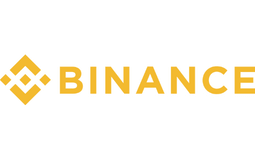
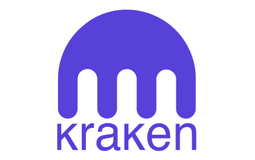
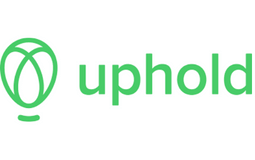

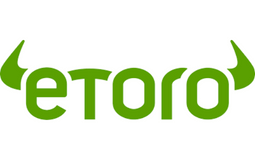
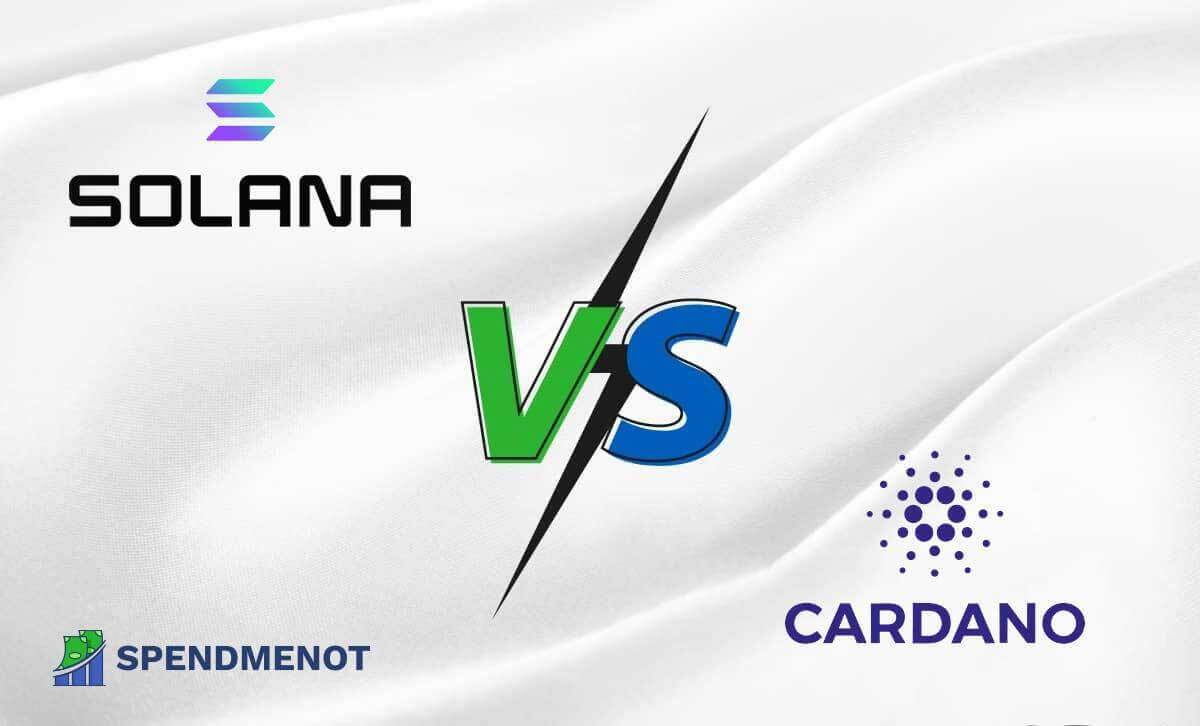
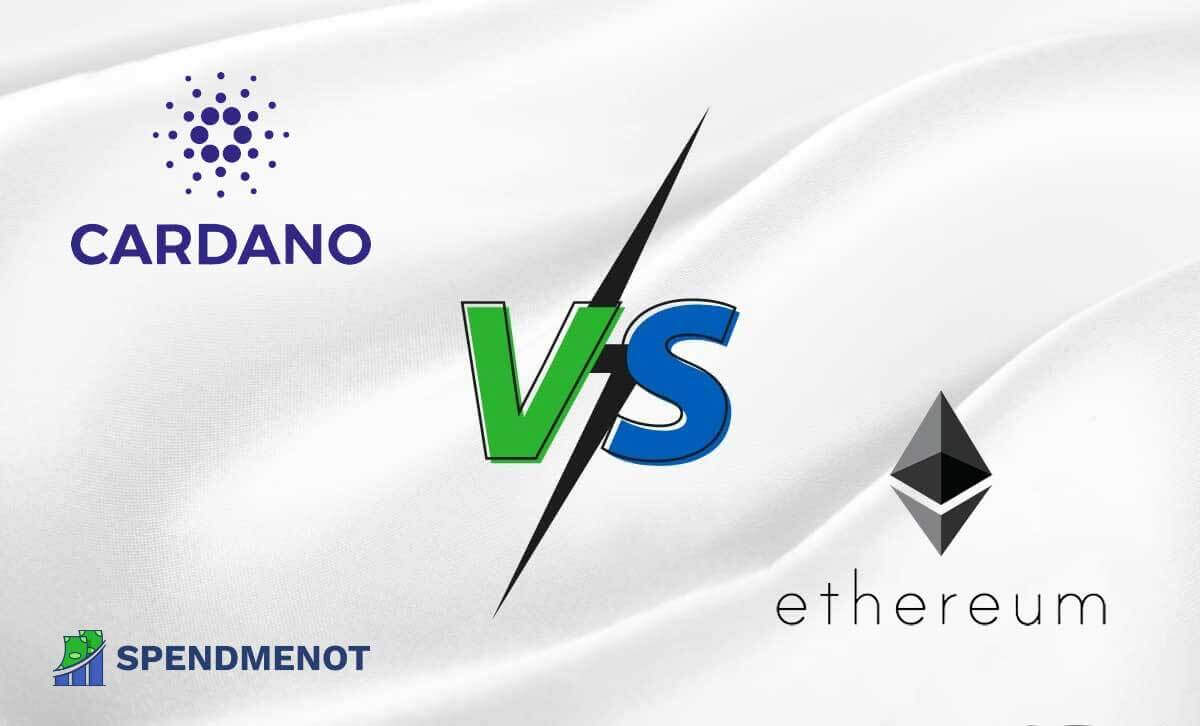
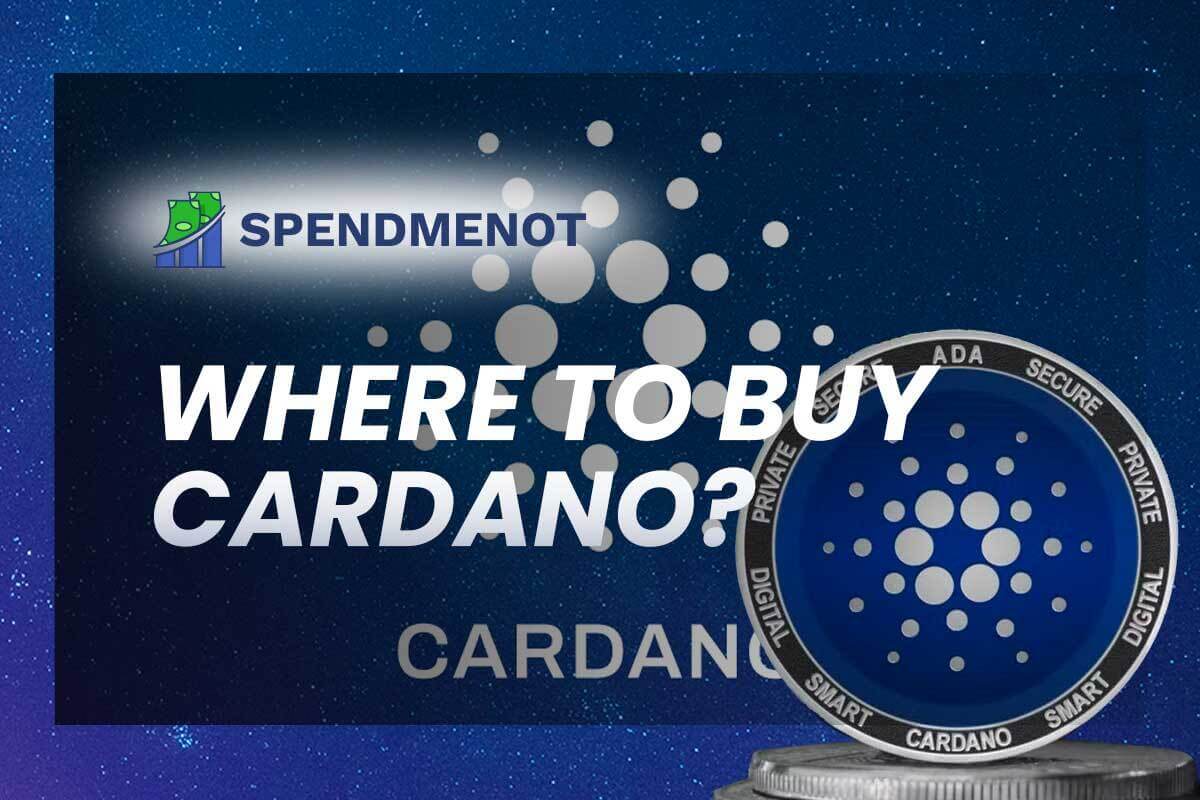
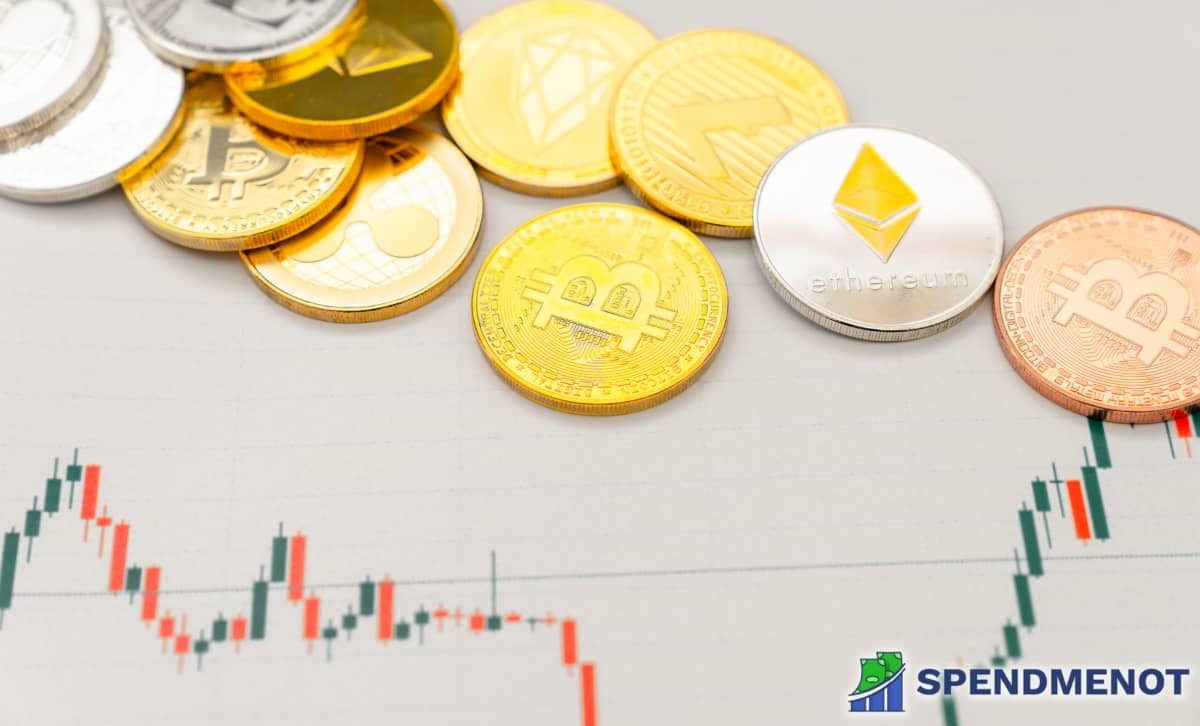



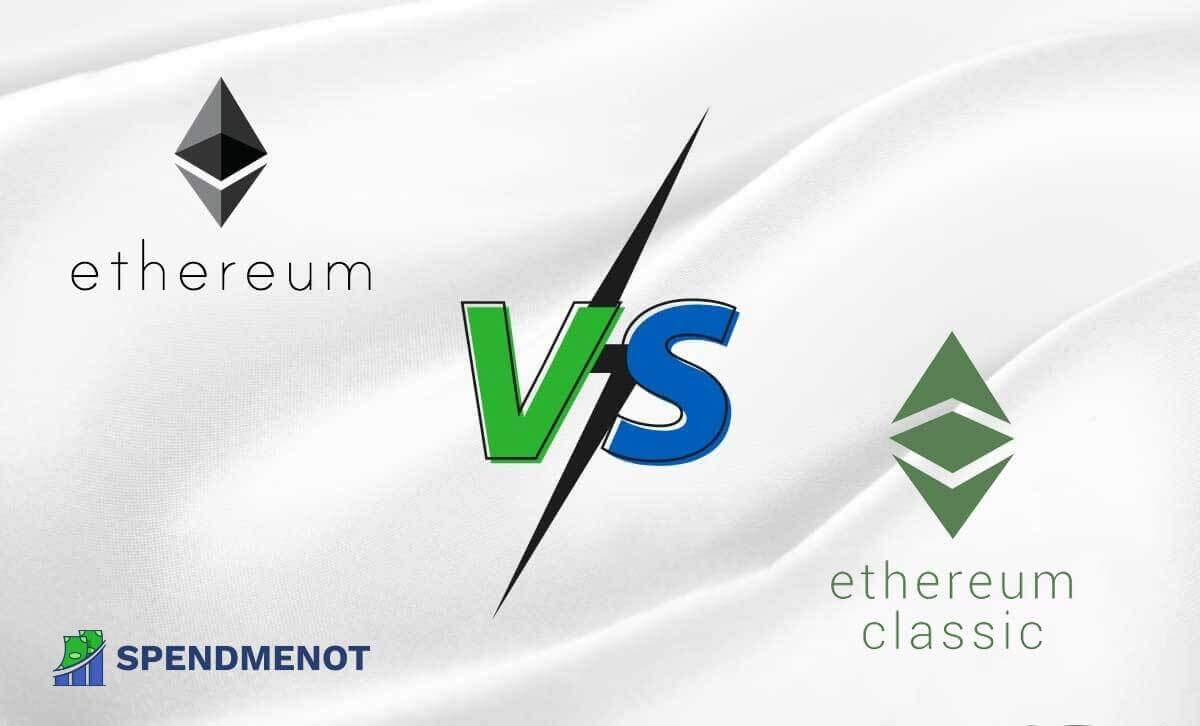
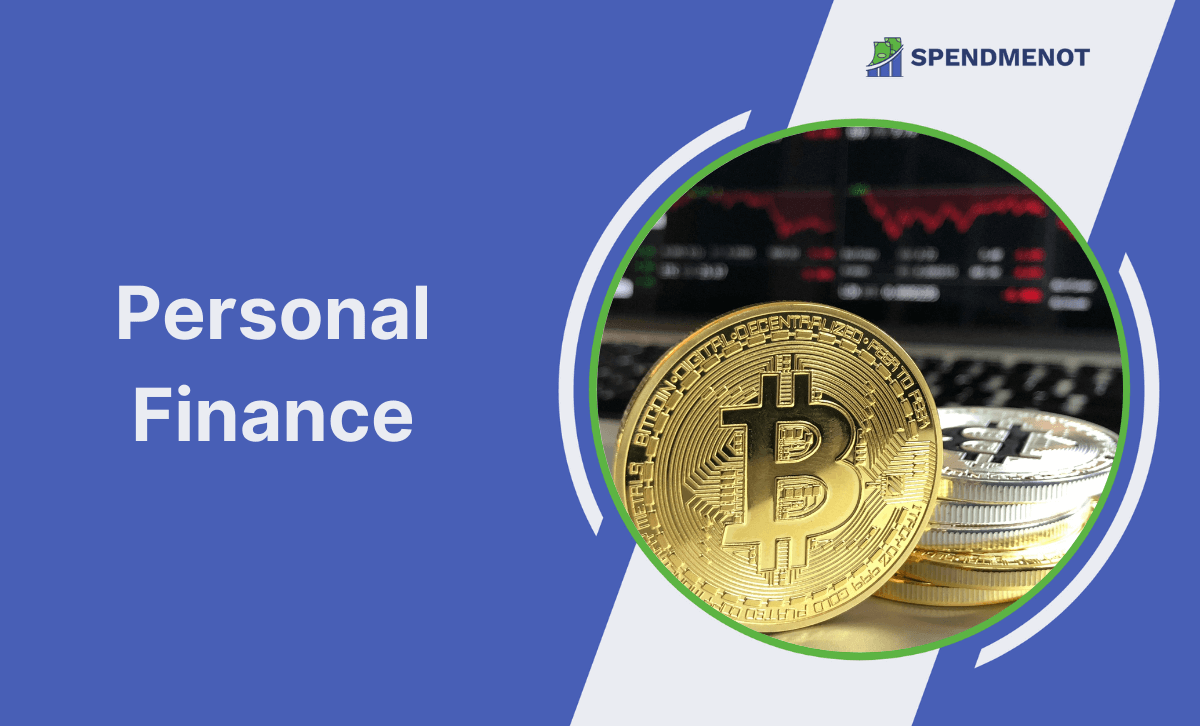
![Blockchain Adoption [The LATEST Statistics 2023]](https://spendmenot.com/wp-content/uploads/2020/02/Blockchain-adoption-SMN-1.png)
